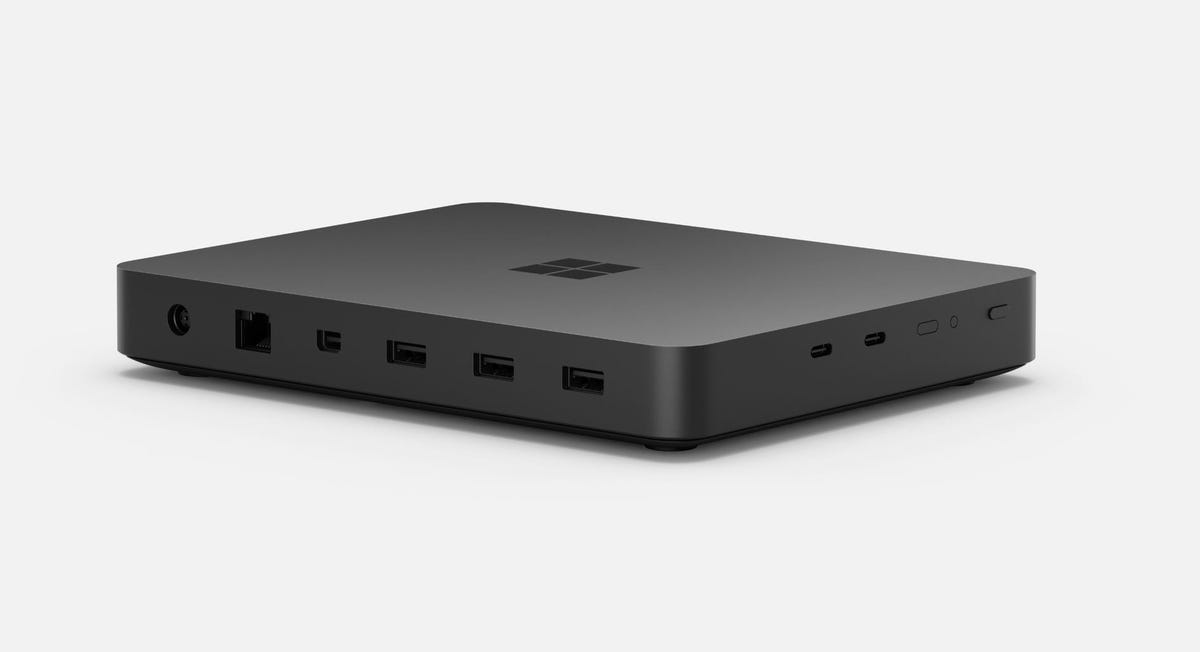Microsoft begins shipping Windows on Arm devices for developers: Windows Dev Kit 2023


“Project Volterra,” The Microsoft device, aimed at developers interested in building, testing, and running native Windows on Arm apps, will ship as of today, October 24. Microsoft is counting on the new device. $599 to get more developers to build native Windows on Arm apps, especially AI apps that take advantage of the built-in neural processing unit in the Qualcomm platform.
Windows Dev Kit 2023, as a new mini PC is known, runs a Snapdragon 8cx Gen 3 CPU and comes with 32 GB of RAM, 512 GB of storage, Wi-Fi 6, physical Ethernet, three USB-A, two USB-C, and a small display port. Users can control three external displays simultaneously (including two at 4K 60Hz). The device is available starting today in eight countries: Australia, Canada, China, France, Germany, Japan, the UK and the US. (In addition to $599 for the single configuration, pricing will vary based on market availability, a spokesperson said.)
To try to encourage more developers to target the Windows on Arm platform, over the past five months, Microsoft has released previews of some of its own tools ported to Arm, including Visual Studio 2022. (preview), Windows App SDK (preview), and libraries including VC++ Runtime and .NET 7 (preview). Azure VMs with Ampere Altra Arm . based processors (supports various Linux distributions, plus preview releases of Windows 11 Pro and Enterprise). The company has also ported Teams, Arm64 Office, Edge, Defender to Endpoint, and OneDrive Sync so they work on Arm natively.
Microsoft also gives developers access to Service compatible with App Assure as another attraction. Developers experiencing application compatibility issues or technical blockers when porting their apps using Windows Dev Kit 2023 will be supported by Microsoft engineers to help troubleshoot the issue.
While there’s nothing stopping non-developers from buying a Windows Dev Kit 2023 device, there’s really no compelling reason for any “normal” user to be running Windows on Arm at the time. this point – at least in my humble opinion. For years, Microsoft has worked to make Windows on Arm work the equivalent of Windows on Intel. The kind of battery life and performance that Arm promises hasn’t materialized for most real-world use cases, though OEMs (including Microsoft itself), cite some pretty impressive numbers. .
Rich Turner, Chief Product Manager at Microsoft, took to Twitter last week to try to defend Windows on Arm. He said he believes Windows on Arm and Windows on Intel are now “quite comparable.”
“The arm device can run x86, x64 and Arm64 . applications at the same time! On-market devices like Lenovo’s X13S & Surface Pro 9 and upcoming devices like ‘Project Volterra’ are surprisingly fast and will get faster with more apps,” Turner tweeted.
When asked about why Windows PCs on Arm still don’t match Apple hardware in terms of battery life, he tweeted: “There’s a TONS of work to analyze and improve power consumption right out of the box. Now, interestingly, though, CPUs are rarely the biggest consumer of power in a laptop/tablet – it’s usually the display and/or the wireless connection.”
Microsoft’s official response from a spokesperson when I asked about the Windows on Arm value proposition: “With Surface Pro 9 and the upcoming Windows Dev Kit 2023, we believe the continued investments we’re making implemented into Windows on Arm will ultimately benefit customers and the entire Windows ecosystem.”




